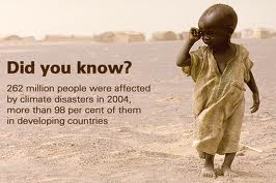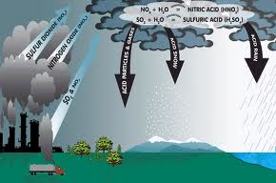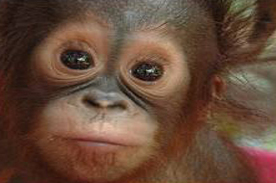

Palm shells have a very beneficial CO2 balance. The natural life cycle of palm shells is about 1 year from pollination to ripe fruit that falls to the ground and decaying or becoming a new palm.
When the fruit grows, CO2 is consumed and oxygen (O2) is produced. When the fruit rot and perish the same amount of CO2 is released and the same amount of oxygen (O2) is consumed. In one year the CO2 account returns to zero.
When the oil is consumed and the shells are burned the degradation is nothing more than put into a fixed scheme. In some cases the time between the palm fruit grows and decays will be even longer when burning the shells than nature's own circuit.

The greenhouse effect radically changes the conditions of life in some places.
Only transport contributes negatively to the CO2 balance. However, transport by large product tankers or container lines that sail directly to the heating or power plants or nearby ports reduces the CO2 contribution to a modest level per tonne. A challenge, however, is to reduce the shipping sector's CO2 emission.
However, what comes as a purprise for most people is that sea transport is easily 100 times more CO2 efficient compared to transportation by truck. 100 km by truck corresponds to up to 10,000 km by ship. When comparing a low standard truck with a highly optimized container vessel, the factor is that 1 ton per km by truck corresponds to 500-1,000 km by vessel, i.e. 1 ton for 100 km by truck is equal to 50,000-100,000 km by vessel.

Sea transport is 100-1,000 times more climate friendly compared to trucking.
Why vacuum clean Africa from palm shells? - Why not use it locally? The answer is simply that the regions with palm shells have plenty of other (potential) energy sources - not the least solar energy. Solar energy comes in several forms including solar cells and solar thermal power plants.
Solar Thermal Power Plants are unknown to most people in cold regions. Solar Thermal Power Plants work very similarly to fossil power plants except the steam turbines are powered from the sun. Keeping the steam under high pressure makes it liquid and possible to save for the production of electrics at night and the few cloudy days. Low scale solar energy systems are being used for cooking.

Solar Cooking. Where Palm Shells are, the sun is, and it is extensive.
Palm shells have a very low sulfur content. SO2 is the major contributor to acid rain. Palm shells have a sulfur content of about 0.02 to 0.03 %, which is lower than international limit value for SO2 tax at 0.05 %.
Palm shells have a very low content of nitrogen at around 0.11 to 0.36 % and therefore the burning will cause very modest emission of nitrogen dioxide and nitrogen trioxide. NOx spread by the smoke contribute to toxic air and rain.
Palm shells have a low ash content of approx. 3 %. The ash contains no toxic heavy metals or other environmental pollutants. The ash can be exploited to include cement production and as a substrate in the construction of roads.

The smoke rises into the atmosphere and toxic substances fall to the ground as toxic rain.
Palm shells are a waste product from the production of palm oil, particularly palm kernel oil. Palm kernel shells require no special processing to be used as biofuel. Due to the modest sizes palm kernel shells from oil palm fed directly into existing fuel boilers.
In the western and southwestern Africa palm plantations are mostly small family-owned farms that have existed for generations. In Southeast Asia produced palm oil to a greater extent in the industrialized plantations of fast-growing palm trees.
Palm shells represent only a very small proportion of the total biomass in palm plantations. Oil and coconut palms are typically at least 30-50 years before they are harvested, overall making the impact on the natural circuit very limited. And the effect is in fact only that about 1 % of the biomass is transported to another place where it is decomposed during combustion.
Palmshells.com is very much aware of the problems with the global ecological circuit related to the production of palm oil and palm shells and selects only suppliers who produce with respect for the environment. The good story is that slow-growing palm trees - which is not that profitable for industrial palm oil production - has the palm shells with the highest calorific value. Utilization of palm kernel shells as biofuels will - ceteris paribus -
favors palm plantations with high level of sustainability.

Where should the monkey stay?